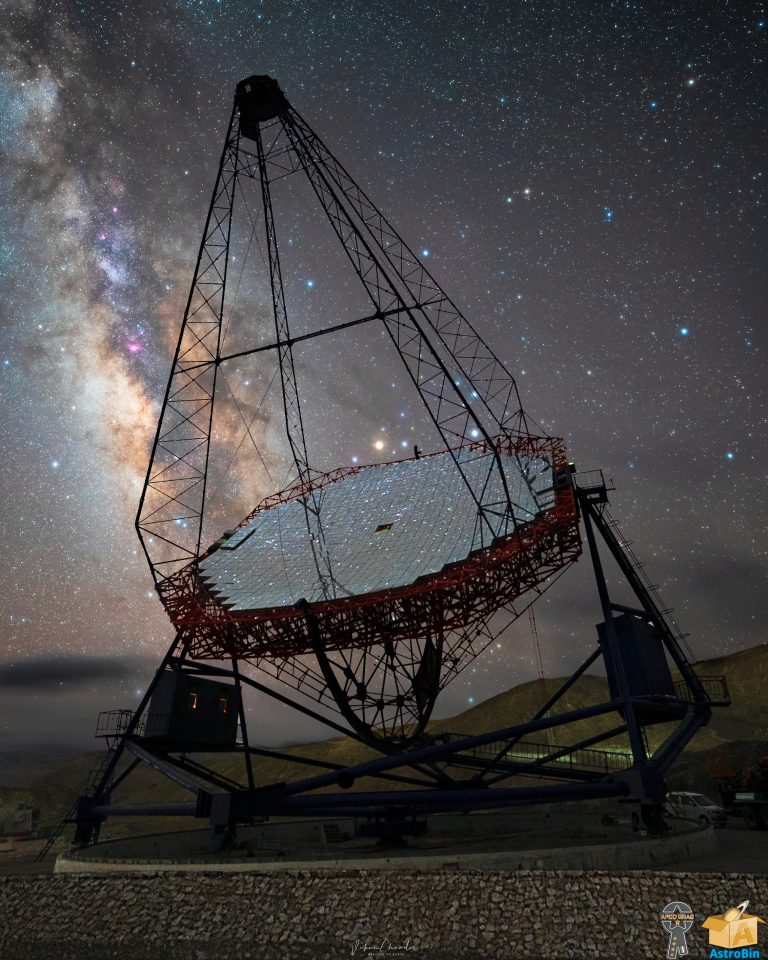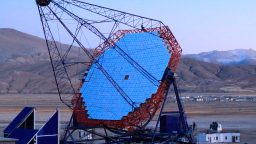Vikas Chander Astrophotography
India is in the process of getting its first Dark Sky Reserve in Hanle, thanks to the efforts put in by my Astro-brother Dorje Angchuk. For the uninitiated, Hanle is a small village in the north of India, in the Union territory of Ladakh. At an altitude of nearly 15000ft it is a cold desert in a rain shadow area and conditions are harsh. Temperatures drop below -25°c and winds gust up to 50kmph. As a result population is sparse and there is very little light pollution. In other words it is a great location for astrophotography due to its height, low humidity and light pollution. However, of late the trappings of the modern world have found its way to Hanle and light pollution is on the increase. The area lies close to the Chinese border and the presence of the army is also adding to the light pollution. That the area has been declared a dark sky reserve will hopefully ensure that light pollution is controlled and one can continue to marvel at the great night skies Hanle has to offer. At the center of the Hanle dark sky reserve, lies the Indian Astronomical Observatory. A Major Atmospheric Cherenkov Experiment Telescope (MACE) is located in this observatory and at 15000ft it is the highest MACE telescope in the world. At 21m it is second in size only to the 28m HESS telescope in Namibia. The MACE Telescope consists of a large-area tessellated light collector of 356 m², made up of 356 mirror panels. A high-resolution imaging camera weighing about 1200 kg, for detection and characterization of the atmospheric Cherenkov events, forms the focal plane instrumentation of the telescope. The telescope, which weighs about 180 tons, is supported on six wheels which moves on a 27-metre-diameter track. It’s structure is designed to operate in winds of speed up to 30 km/h and retain its structural integrity in the parking position in winds of speed up to 150 km/h, a much needed feature in the harsh conditions of the cold desert it is located in. I have visited Hanle many times since 2015 and have literally seen this telescope being built from the ground up, and often wondered when I wud image it, in its full glory. I am super happy that the wait was well worth it…..
© Vikas Chander All rights reserved Copyrights





